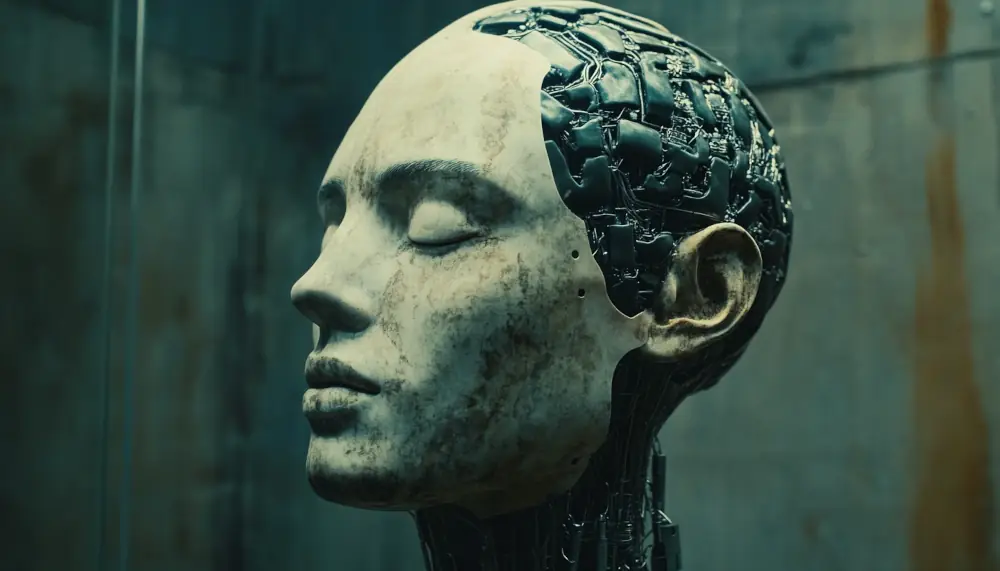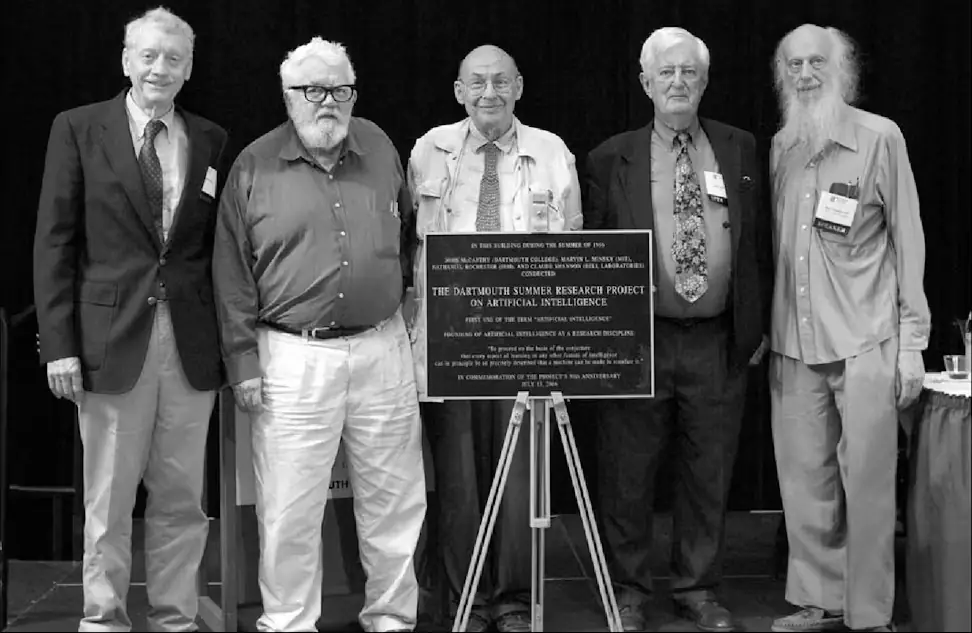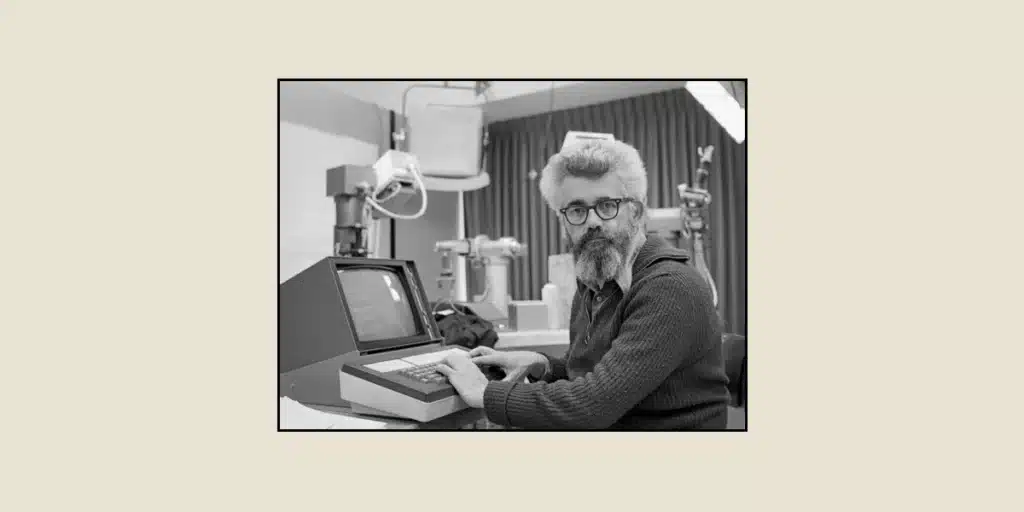He was the first to introduce the term “artificial intelligence” in a proposal dated August 31, 1955. He also pioneered the first steps toward its development. John McCarthy initiated numerous projects in domains like chess and robotics. Who was this AI pioneer?
John McCarthy (1927 – 2011) is often hailed as one of the “fathers of artificial intelligence,” not just because he coined the term but because he opened countless research avenues that continue to influence modern technologies.

Simulating Human Thought
After completing his schooling in Boston, John McCarthy pursued mathematics at Caltech. One autumn day in 1948, towards the end of his studies, he attended a conference, the Hixon Symposium, which compared mental mechanisms to computer processes. This sparked the idea of using computers to simulate intelligent behavior in McCarthy’s mind. From there, he began to envision machines capable of replicating human thought.
McCarthy continued his academic pursuits at Princeton, where he met John von Neumann, a pioneer in computer science who contributed to the development of the EDVAC computer architecture. More than just a student, McCarthy actively engaged in discussions about the practical applications of logic and mathematics. This exposure helped him cultivate the vision for programs that could understand real-world concepts.
The Dartmouth Conference and the Beginnings of AI
After earning his doctorate, McCarthy took on teaching roles at Stanford (California) and Dartmouth College in the northeastern USA. In 1955, IBM established the New England Computation Center at MIT in Boston, and McCarthy became one of its leaders. It was then that he coined the term “artificial intelligence“.
He continued to fuel intellectual discussions around this nascent discipline. In the summer of 1956, McCarthy and Marvin Minsky, a fellow Princeton alum, hosted a conference on artificial intelligence. The aim was to delve into the notion that “every aspect of learning or intelligence can be described so precisely that a machine can be constructed to simulate it.” The Rockefeller Foundation provided partial funding for the event, extending invitations to around twenty researchers.
The Dartmouth Conference is often celebrated as the inception of AI research. It established the foundational principles of the field by distinguishing artificial intelligence from mere automation. The entire conference was documented in a pioneering text called Theory of Automata, which became an essential reference in computer science history.

The Creation of the LISP Language
McCarthy’s tenure at MIT allowed him to learn programming. He embarked on creating a chess program using the FORTRAN language, with assistance from various MIT students.
However, McCarthy soon realized FORTRAN was not particularly suited for AI tasks, prompting him to develop a new programming language for symbolic expressions: LISP, in the fall of 1958.
LISP would emerge as the preferred language for AI programs and would remain in use for decades.
That same year, McCarthy penned a seminal article on the use of mathematical logic: “Programs with Common Sense.” Despite this, he faced numerous challenges, particularly due to the technological limitations of the era. The concepts advanced in “Programs with Common Sense” proved to be exceedingly complex to implement.
The Stanford AI Lab
In the spring of 1962, after being promoted to associate professor at MIT, McCarthy accepted a full professorship at Stanford University in California.
Soon after, Stanford’s department became the second-largest computer research hub in the USA. In 1965, it received funding from DARPA (the U.S. military research agency) to acquire a PDP-6 from DEC, a computer pivotal to the establishment of the Stanford AI Lab. These research initiatives were instrumental in defining the boundaries of what AI could achieve, with projects focusing on facial recognition, speech recognition, mechanical manipulation, and more.

McCarthy also began exploring robotic arm technology, aided by Victor Scheinman, a Stanford graduate student and mechanical design prodigy, who crafted multiple robotic arms.
An Ethical Vision of AI
McCarthy’s work was foundational in shaping AI research. Most of his theoretical contributions did not come to fruition during his lifetime, but recent advances in deep learning have validated his visionary insights. Moreover, McCarthy advocated for a collaborative research ethos, encouraging peer cooperation. Ultimately, John McCarthy firmly believed that AI should be pursued to serve humanity’s interests.










